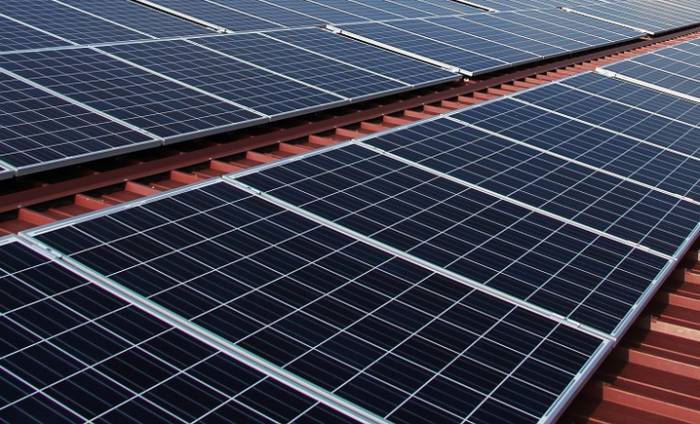
Image: schropferoval
India has made good progress on its renewable energy goals, but it will need to lift the pace – particularly on rooftop solar energy – to meet the country’s targets.
A report published by the Ministry of New & Renewable Energy (MNRE) late last week states 62GW of renewables capacity had been installed by the end of November 2017. 11.79GW was installed since January.
India’s Government has set a target of 175GW renewable capacity by the end of 2022. This includes 60GW of wind power, 100GW of solar power (40GW from rooftop solar), 10GW from biomass power and 5GW from small hydro.
With regard to solar power, 16.6GW had been installed by the end of November, a figure that includes 863.92MW from rooftop solar. The original target for 2017/181 was to have 5GW of rooftop PV installed and cumulative capacity of 10GW.
That target is a big ask with just 3 months left to go.
There’s certainly no shortage of residential and commercial rooftops in India suitable for the installation of solar panels. Some of the challenges facing home solar have included the cost, a lack of net metering arrangements and consumers having to deal with multiple agencies in order to get systems installed and connected to the grid. The commercial and industry sector faced the added challenge of being ineligible for the national solar subsidy.
To accelerate rooftop solar deployment, the MNRE recently proposed a new program – the ‘Sustainable Rooftop Implementation for Solar Transfiguration of India (SRISTI)’.
Under the proposed scheme, there would be streamlining for connections and more funding available for subsidies, plus the commercial and industrial sector would be included. The scheme envisions the commercial and industrial sector being the heavy lifters, installing 20GW by the end of 2022, while the residential, government, institutional and social sectors will install 5GW each.
Assuming full participation and goals realised, it will cost a pretty penny (or rupee) – 23,450 crore by March 2022, which is approximately AUD $4.7 billion. This is around five times the current level of funding available.
The renewable energy potential of India is huge – according to MNRI, the country has natural resource potential to support 302 GW of wind energy, 21GW of small hydro, 25GW of bioenergy and a whopping 750GW of solar power, assuming 3% of the country’s “wasteland” is utilised.
India had total installed power generation capacity of 330.86 GW (all sources – renewable and non-renewable) as at the end of October. With 62 GW of renewables in place at the end of that month, this represented just under 19% of installed capacity.
Footnotes
- The Indian government’s financial year runs from 1 April to 31 March ↩

 RSS - Posts
RSS - Posts



Speak Your Mind